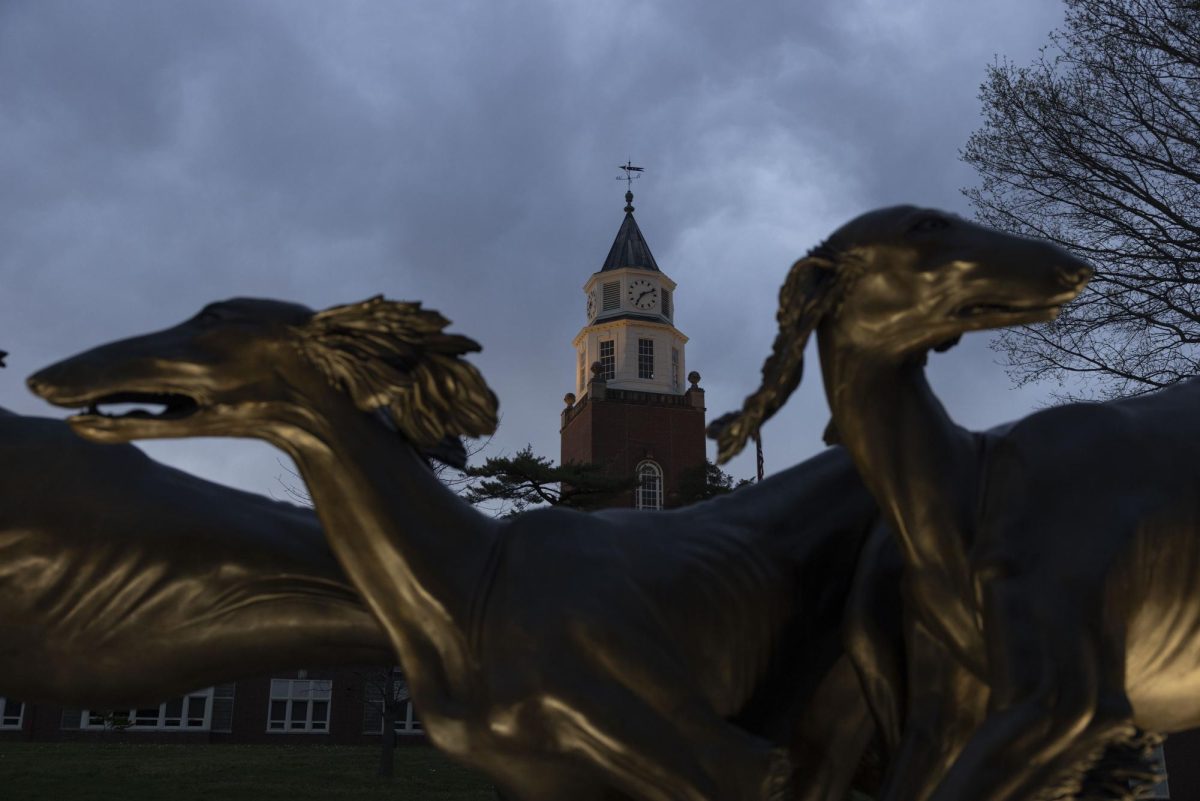Remembering 1970 protests: silent to violent
May 3, 2015
Forty-five years ago, the SIU students protested President Richard Nixon’s 1970 plans to invade Cambodia, and in the process, created one of the most active demonstrations on Illinois campuses.
Steve Brown, a student and reporter for the Daily Egyptian at the time, saw the events unfold first-hand.
Brown said the trigger for the major protest were the shootings on May 4 at Kent State University in Ohio, paired with the threat of being drafted into an unpopular war lingering in the minds of young men.
Advertisement
“People were still mildly angered at the war and mildly angered about college students being shot and killed on another campus,” Brown said. “There was just a lot of emotion.”
The Kent State shootings were not protested by college students only.
Gary Kolb, former chair of the Department of Cinema and Photography, was attending high school in Cleveland at the time, about 40 miles south of Kent State. He was at an honors banquet during the night of the shootings.
“On my way home that night, I just remember there were riots in the streets,” Kolb said. “It was a bizarre night because it was this celebration for us, but then this huge, terrible thing that happened not too far from us.”
In the days following the shooting, several of Kolb’s fellow classmates wore black armbands to school and conducted rallies in support of the college protesters, he said.
The days after Kent State brought college-aged protesters into the national eye.
Being a reporter, Brown was very involved in covering the events as they unfolded and the atmosphere in the newsroom was exciting, he said.
Advertisement*
Several large news organizations relied on the student reporters at SIU to help cover such a national event, Brown said.
“I think the coverage… was pretty good coverage given the fact that a lot of the reporters had a personal stake in the whole thing,” he said. “You probably were against the war and probably didn’t want to interrupt your life to go serve.”
A curfew was imposed on students during the weekend as protests continued and the National Guard began crowd control. The SIU campus was shut down for three days starting Monday of the following week.
Brown said there was heavy police supervision at night, making it difficult to travel home after work. He encountered two officers one night after leaving the office, both of which were physically and emotionally exhausted.
Heavy activity began to take a toll on officers and as tension grew, fear turned to anger and tear gas was eventually deployed, he said.
“The fact that students blocked the road wasn’t much of a reason to go tear gas people,” he said. “Police weren’t used to it.”
As the summer of ’70 came and went, the college towns were still feeling the aftershock of the protests and incoming students were aware of the impression spring had left on the campus.
Georgia Wessel, who started her freshman year in the fall of 1970, said she felt sympathy for the college protesters.
“From my perspective, it was a little scary, but I felt like it needed to be done,” Wessel said.
The focus of protesting has remained the same with the changing times–invoking change where change is needed, she said.
“At that time it was a war and this time… it’s a different kind of war, but that’s always what it takes to get change,” Wessel said. “That’s what it takes, for people to come out on the street and say no more.”
Advertisement









